- Home
- slideshows
- miscellaneous
- These are 2 of the world's most powerful aircraft carrier classes - this is how they stack up
These are 2 of the world's most powerful aircraft carrier classes - this is how they stack up
The first big difference between the CDG and Nimitz-class carriers are the nuclear reactors.

Another big difference is size.
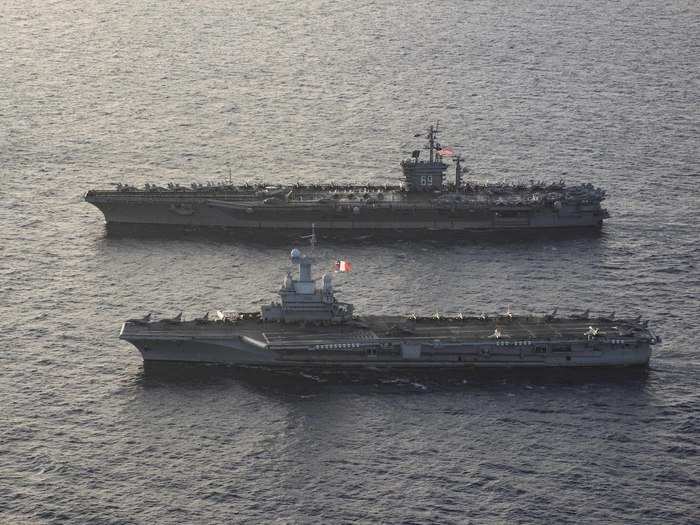
Nimitz-class carriers are about 1,092 feet long, while the CDG is about 858 feet long, which gives the Nimitz more room to stage and load airplanes for missions. Nimitz-class carriers also have about a 97,000 ton displacement, while the CDG has a 42,000 ton displacement.
This is why means Nimitz-class carriers can carry more than 75 aircraft, such as F/A-18 Super Hornets, EA-18G Growlers, and more.
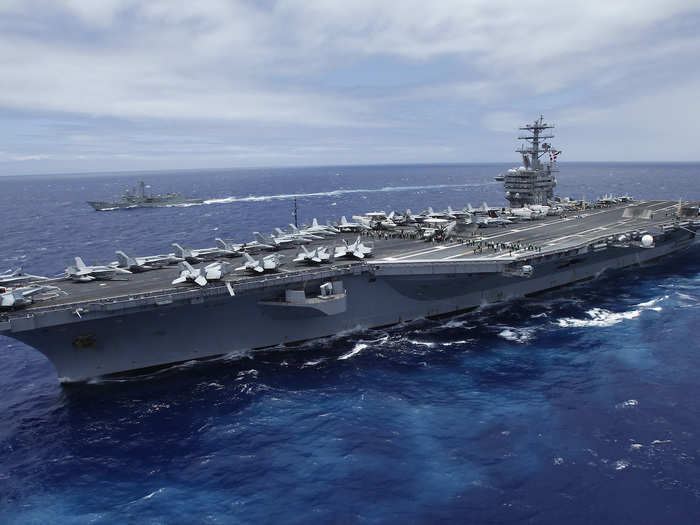
Whereas the CDG can carry a maximum of 40 aircraft, such as Dassault Rafales, Dauphins, and more.
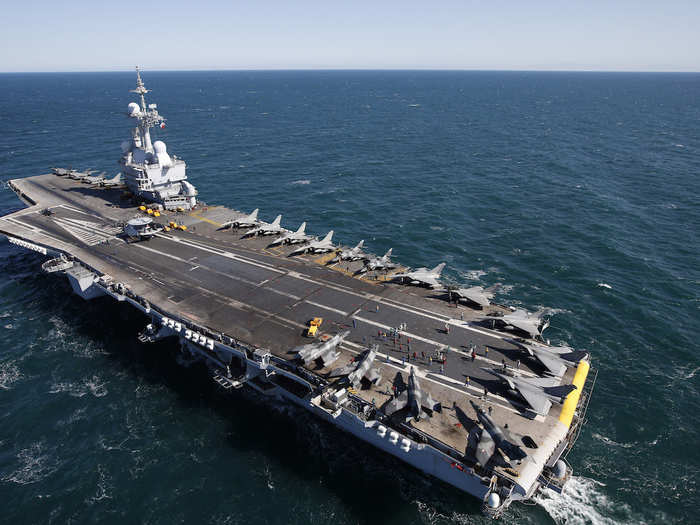
However, both the CDG and Nimitz-class carries use Catapult Assisted Take-Off But Arrested Recovery launch systems, which means the jets are catapulted forward during takeoff and recovered by snagged a wire with the tailhooks mounted under their planes when landing. CATOBAR launch systems are the most advanced in the world.
As for defensive weapons, Nimitz-class carriers generally carry about three eight-cell NATO Sea Sparrow surface-to-air missile launchers. They also carry Rolling Airframe Missiles and about three or four Phalanx close-in weapons systems. These weapons are used to intercept incoming missiles or airplanes.
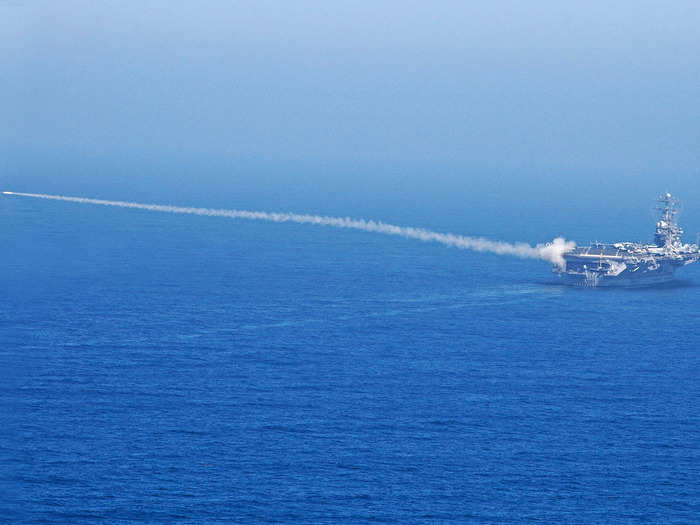
Source: naval-technology.com
The CDG, on the other hand, has four eight-cell Sylver launchers that fire Aster 15 surface-to-air-missiles, two six-cell Sadral short-range missile launchers that fire Mistral anti-aircraft and anti-missile missiles. It also has eight Giat 20F2 20 mm cannons.
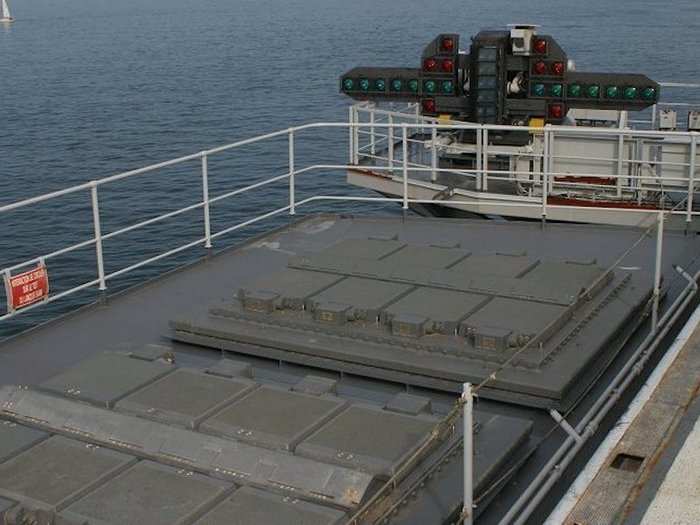
Source: naval-technology.com
Both Nimitz-class carriers and the CDG have seen their fair share of combat, especially the former.
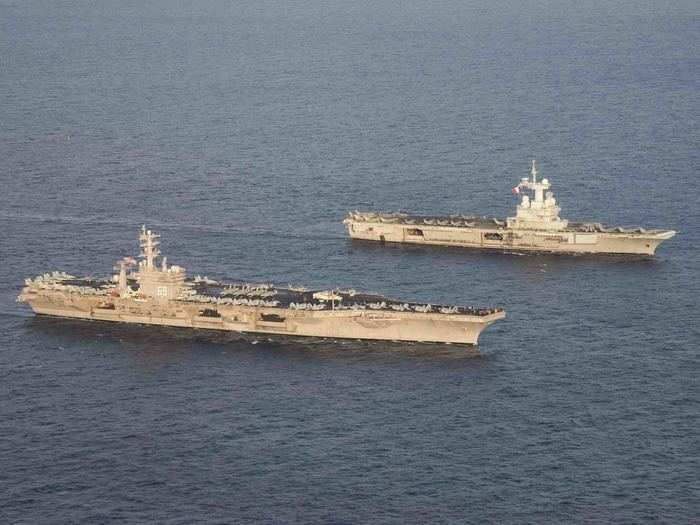
The Nimitz-class has served in every US war since Vietnam, with its planes launching missions in Desert Storm, Iraq and Afghanistan. The USS Nimitz, the lead ship in the class, first saw action during the Iranian hostage crisis in 1979.
The CDG was deployed to the Indian Ocean during Operation Enduring Freedom and the initial liberation of Afghanistan. It also took part in the United Nations' no-fly zone over Libya in 2011, flying 1,350 sorties during that war.
More recently, de Gaulle was involved in France's contribution to the air campaign against ISIS in Iraq and Syria, codenamed Opération Chammal in France.
Popular Right Now
Advertisement